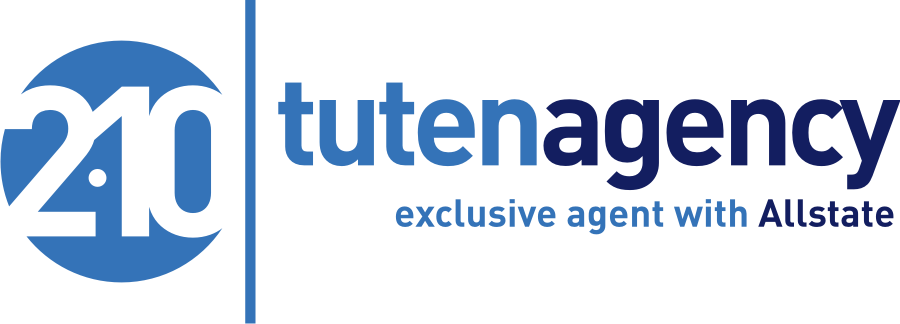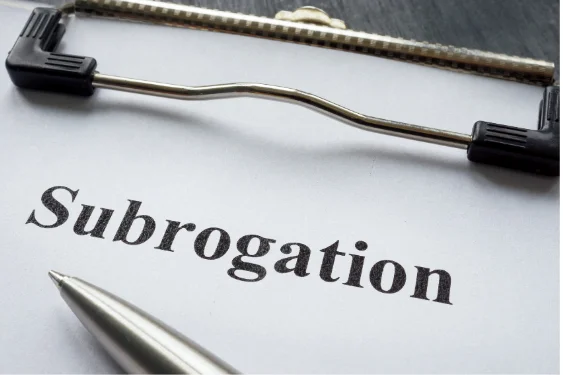If you’ve ever encountered the term ‘subrogation’ in the context of insurance and wondered what it means, you’re not alone. This guide is crafted to demystify this crucial but often misunderstood aspect of the insurance world. Whether you’re dealing with the aftermath of an accident or just curious about how insurance policies work, you’ll find valuable insights here.
We’re going to break down what subrogation is, its role in the insurance industry, and how it affects both insurers and policyholders in various scenarios. From navigating your rights in an accident to understanding the process of claim recovery, this guide aims to make subrogation clear and comprehensible for everyone. Let’s dive into the concept of subrogation and see how it impacts your insurance dealings.
Explaining Subrogation
Subrogation is a principle that permits insurance companies to pursue reimbursement from the insurer of an at-fault party after an accident. This process involves you, as the policyholder, authorizing your insurance provider to seek compensation to offset what they paid you for the accident. Subrogation allows your insurer to settle your claim quickly and then recover the expenses from the party responsible for the accident.
Consider a scenario where you’re in an accident caused by another driver. Normally, the insurance company of the responsible party should cover the costs like repair bills and medical expenses. You have the option to claim against the other party’s insurance or file a claim with your own insurer, such as for vehicle damage in a collision.
Once your insurance provider like tutenagency, an exclusive agent with Allstate settles your claim, they might initiate a subrogation claim against the insurer of the other driver or the driver himself or herself to recover the money they spent. Through subrogation, your insurer aims to reclaim the funds (including your deductible) for accidents that were not your fault.
Typically, subrogation claims target the insurance company of the other involved party. However, if the person at fault lacked insurance during the accident, your insurer might pursue compensation directly from that individual.
The Aim of Subrogation
The primary goal of subrogation is to ensure you receive prompt and fair compensation post-accident. It enables your insurance company to handle your claim efficiently and then recoup its expenses.
The Subrogation Procedure
For you, the policyholder, the subrogation process is usually straightforward. Insurance companies generally manage subrogation internally.
Subrogation often begins with your insurer sending a letter to the at-fault party’s insurance provider, detailing the claim and the amount paid out. The companies then collaborate to settle the subrogation claim.
After resolving the subrogation claim, both insured parties are informed of the outcome. If you paid a deductible and weren’t at fault, you might be reimbursed, depending on state laws.
However, if the insurance company can’t fully recover the claim’s cost, you might not get your deductible back. This can occur in disputes over fault or if the at-fault party’s insurance limits are insufficient. Be sure to ask your insurance agent this question.
In disagreements over fault or compensation amounts, insurance companies may opt for mediation or, in some cases, legal action.
Subrogation Examples
Let’s examine some real-world situations where your insurance company may file a subrogation claim against another party.
For instance, you’re involved in a collision where another driver, who didn’t stop at a stop sign, hits your car. You file a claim with your insurer for the damages to your vehicle. In this case, your insurance company might go after the other driver’s insurer to recoup the costs they covered for your claim.
Or consider a scenario where you’re driving through a busy intersection with the right of way, and a distracted driver, busy texting, crashes into your car, causing considerable damage. After you claim under your collision coverage, your insurance company may decide to take action against the distracted driver or their insurance provider to get back the money they paid out for your damages.
What to Expect with Subrogation
The subrogation process varies based on the party responsible for the accident. Although it’s not favorable to be deemed at fault in an accident, situations can arise where this is the case, leading to a subrogation claim being made against your insurance. Let’s take a look at what you can anticipate in each of these scenarios.
If You’re Not at Fault:
If your insurance company decides to file a subrogation claim against another party following an accident where you are not at fault, you can typically expect to be notified about this development. This notification might come as a letter, a phone call, or both. Your insurer will then take charge of the process, engaging with the responsible party to secure reimbursement for the damages.
In cases where there are no unusual complications, this claim is generally settled between your insurance company and the other party involved. Once resolved, your insurance provider will update you on the conclusion of the claim. If you had paid any deductibles, you might also be reimbursed for these expenses.
However, certain subrogation claims can become more complex, especially if the other party contests their responsibility or has insufficient insurance. In these instances, your insurance company may ask for additional information from you to aid in resolving the claim.
If You’re At Fault:
When you’re responsible for an accident, your insurance company typically takes the initiative in dealing with a subrogation claim. You might get a notification about the subrogation claim either from the insurance company of the other party involved, from your own insurer, or from both. It’s important that if you receive such a letter from the other party’s insurance company, you inform your own insurer promptly so they can manage the claim internally.
Usually, your insurance company will handle the payment of the subrogation claim, and your involvement in the process will be minimal. However, if there are uncertainties about the accident details or questions about who is liable for the damages, your insurance company might ask you for further information. Additionally, if there’s a disagreement between the insurance companies about the claim, it could lead to legal action to settle the matter.
FAQs
What are the benefits of subrogation?
Subrogation offers several advantages. Firstly, it enables your insurance provider to quickly process and pay your claim, helping you get your vehicle fixed or cover your medical expenses promptly.
Through subrogation, there’s a possibility of receiving a refund for your auto insurance deductible, reducing the financial burden of the accident on you. Moreover, when your insurer recovers the funds for the claim, it helps them maintain a stronger financial standing, which can contribute to stabilizing your insurance premium rates.
What is a waiver of subrogation?
A subrogation waiver is a contractual agreement that restricts your insurer from seeking reimbursement from the party responsible for the loss or damage.
This waiver becomes relevant when the responsible party desires to resolve the incident directly with you, excluding your insurance provider from the process. It’s crucial to grasp the implications of such a waiver thoroughly before agreeing to it.
Signing this waiver means relinquishing your insurer’s ability to represent your interests or pursue recovery on your behalf. Essentially, it limits their capacity to act in your favor should issues arise later.
It’s typically advised to inform your insurance company prior to agreeing to any subrogation waiver. If you have any other questions about a subrogation waiver, speak with your Attorney.
How long does the subrogation process take?
According to WalletHub, subrogation usually takes a few months, though it varies for each claim.

